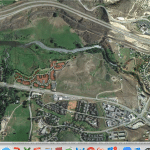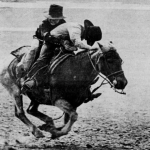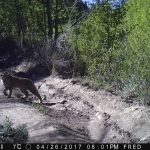These High Country gardeners spent years figuring out what works so you don’t have to
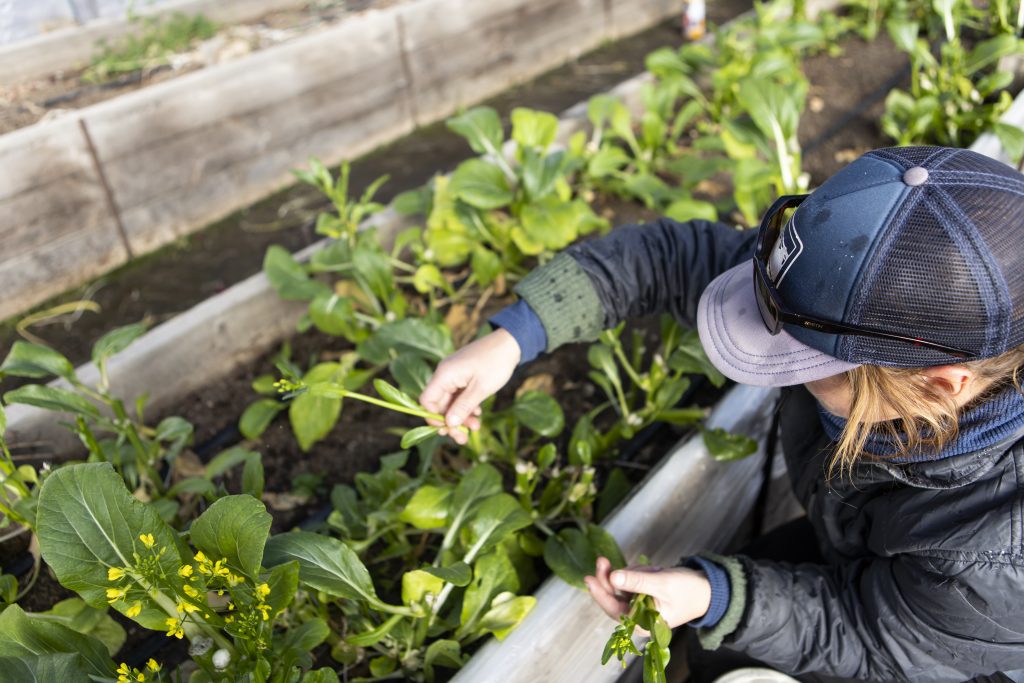
Joe Kusumoto/High Country Conservation Center
Cultivating a green thumb takes patience, seasoned gardeners say. Those who have mastered the craft say it rarely comes without a trial and error period.
Throwing dry air, cold temperatures and intensified ultraviolet rays into the mix creates obstacles that those living in high-altitude environments have to hurdle.
Fostering a fruitful garden at 9,000 feet comes with a different set of rules and should also come with a different set of expectations, longtime High Country gardeners say. Here’s the tips and tricks of those who have figured out agriculture at elevation.
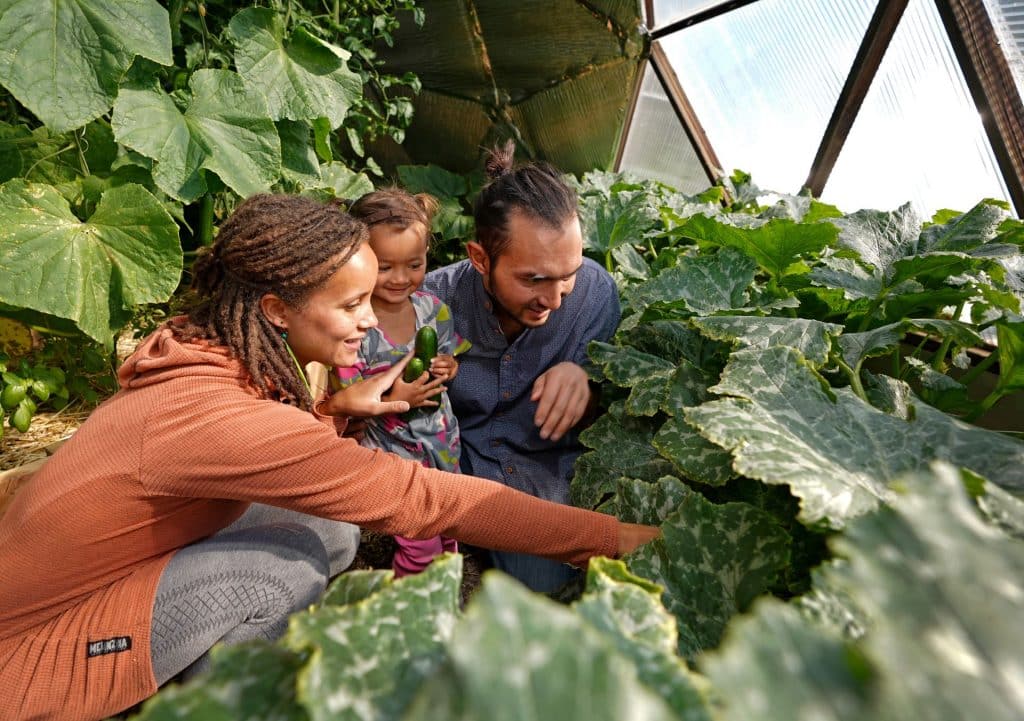
Timing, temperatures and trials
Community Supported Agriculture farmer Kyla Laplante has spent over a decade getting acclimated to farming at thousands of feet above the sea level terrain she got her start on. She readied herself for this new role providing inventory for a community garden with research to begin what she describes as education-backed trials when she first made her way to Summit County as a farmer, and a thermometer played a key role.
“I learned a lot about soil temperatures, and used that as a guide to see how we could push our limits (as) we were really trying to produce as much food as we could for Community Supported Agriculture,” she said.

Support Local Journalism
High Country Conversation Center’s plant date recommendations
- May to early August: full size greens like head lettuce and kale.
- May to late August: baby leafs like mustard greens and tatsoi.
- Late May: herbs like cilantro and chives.
- Mid- June (when any threat of frost is gone): Zucchini and tomatoes
Being mindful of the temperature is particularly important during spring gardening, when cold temperatures can come back to visit at night. She said the sturdiest vegetables have a minimum soil temperature of 40 degrees. Root vegetables like carrots and parsnips are able to withstand colder temperatures and are among the vegetables that can be successfully planted as early as April.
Laplante said the environmental nonprofit that supports her work, High Country Conversation Center, developed a helpful grow chart with recommended plant dates she recommends as a guide. According to the chart, the other set of somewhat frost-resistant vegetables that can be planted in the spring include greens like baby kale, spinach and arugula.
Once May ends, warmer weather helps open to the door to a more robust garden featuring more plants, not just those that can withstand the cold.

Lisa Clement has been gardening in some of Colorado’s highest elevation municipalities with her company Ladybug Gardening for around 25 years, working in Park County communities and Breckenridge. She said if she’s really pushing the envelope, she starts planting in June. She added most people use Father’s Day as a reliable start to the gardening season.
“You really have to pay attention to the weather apps,” longtime Summit-based gardener Karn Stiegelmeier said, noting warmer weather patterns are a solid signifier of prime garnering season approaching. She said while people can house early-season plants in close proximity to their house to keep them warm, it’s a safer bet to start growing a plant inside and then bring it outside.
When it comes to flowers, there’s some species better suited for the High Country that require less maintenance than others, Stiegelmeier and Clement said.
Stiegelmeier said native plants are a strong place to start for beginner because they are genetically wired to survive in high altitude.
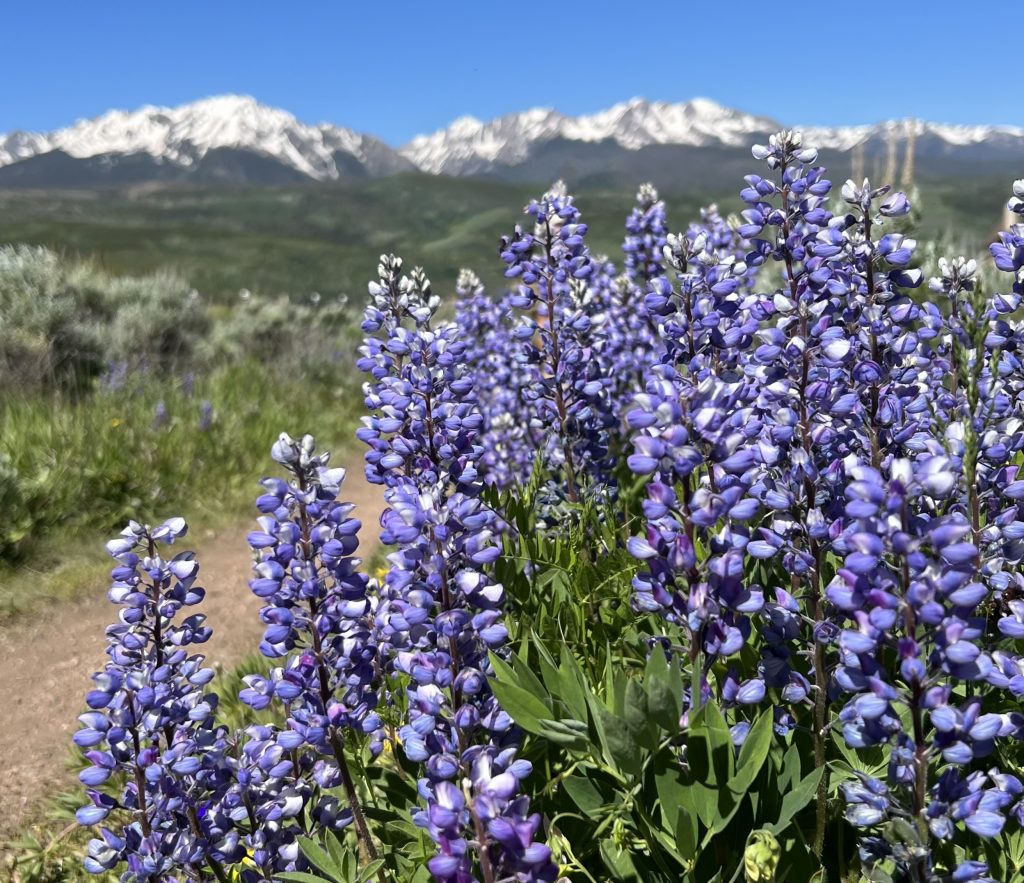
“Penstemon, yarrow, fire weeds, bluebells, delphiniums, larkspurs, all those grow really well and can be easily bought from local nurseries,” she said, noting columbines fall in this category as well.
Clement said to keep an eye out for flowers found on trails, as these can resist drought better than most and generally require low maintenance. She said these include sedums, dianthuses and showy goldeneyes.
She recommends steering clear of big box stores when it comes to curating a garden.
“With big box store plants, you don’t know where the plants are coming from,” she said. “They could be grown in Oregon, and then get transferred to Colorado, and then they just kind of don’t do anything once you try and plant them here.”
Maintaining and protecting gardens
With high-elevation communities lacking humidity and being closer to the sun, the odds of plants drying out are stronger. Clement said people might not realize it, but mulching can be crucial while garndening in the mountains. She said mulching both preserves water and aids in suppressing weeds. Mulching is particular useful for those who are bound by irrigation rules mandating how and where they can use water.
“The lack of humidity really impacts plant growth, and so anything you can do to cover your plant beds is an important,” Laplante said. She said mechanisms like row covers, a fabric which goes over plant beds, can act as a helpful barrier to keep moisture in and things like insects out.
Keeping things larger than insects away from the garden is more of a feat, she said.
Stiegelmeier said she has had some success keeping critters away using products that smell like predatory animals, but it’s not always a bulletproof method.
Laplante said the only tried and true methods she’s found are traps. While fences and covers can deter animals like moose, animals that can burrow underground can easily get around those.
She said gardening is a constant game of success and loss and there’s adequate opportunities to learn.
“Every year you have another chance to try something different, or look at it a different way,” she said.
This story is from SummitDaily.com.
Kit Geary can be reached at kgeary@SummitDaily.com.


